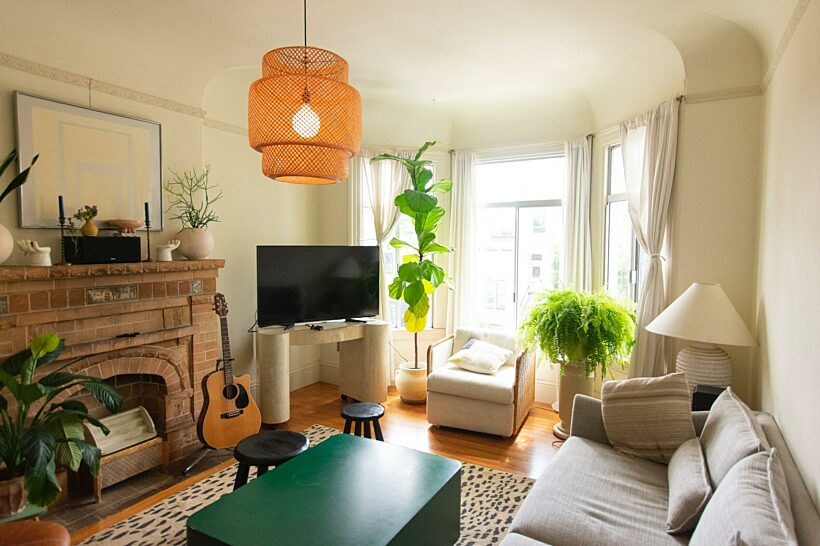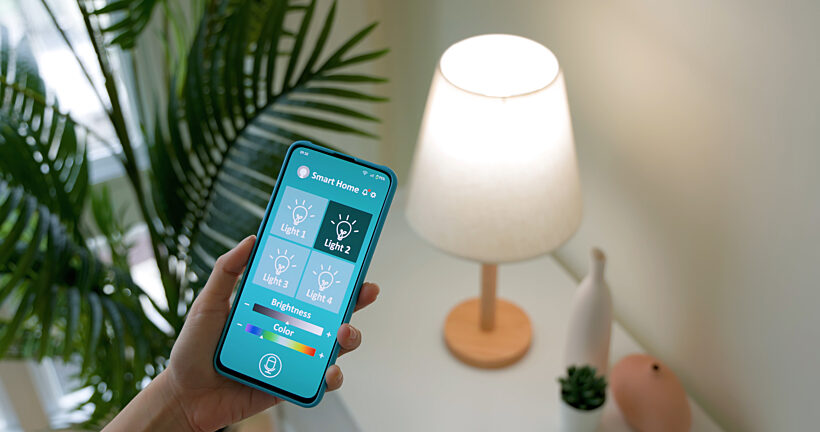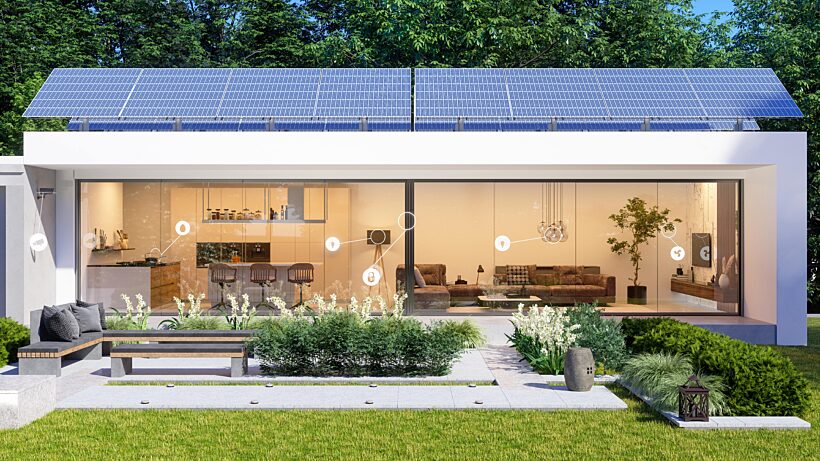
The different budgets needed for a smart home
How much does a smart home cost? Sadly, there's not a clean cut answer to that question. However, today's market offers a broad range of home automation features for basically any budget. Let us guide you through your options and you might pick up a money saving tip or two.

Calling out the 'expensive smart home' stigma
We too often think of smart homes as an excessive luxury, only attainable if you have access to a big budget. High time to settle this misconception once and for all by taking the current situation into account. According to Statista, the consumption of smart consumer electronics has risen worldwide, and will continue to do so in the coming years. Their research was specifically based on the number of voice assistants (notably one of the more affordable smart devices) sold.
Besides the staggering sales it is important to note that the purchase of smart devices and systems has a fair return on investment (ROI) in the long run, as these products tend to be very energy efficient. Smart plugs and automated routines are reliable assistants in your energy management as they follow your programmed controls. No more accidentally leaving the heating on!
So, overall sales are on the rise and certain smart technologies help you save money. The question remains however: what connected home features does your budget offer? We listed 3 scenarios and the costs that they entail.
1. Smart devices and gadgets controlled by apps
Starting off with home automation? Smart devices are a great way to get a feel of the advantages that a connected home offers - without spending to much money. We assembled a list of product prices on average:
- Prices for smart speakers range from €60, like the Google Nest Mini, to €200, like the Sonos Roam.
- Smart bulbs can be bought for only €15 per bulb (some bulbs do require a bridge port and/or a smart plug to make them 'smart').
- Upgrade your home security with a simple smart camera; it will cost you around €50 - €100.
- A smart thermostat keeps track of your heating based on an automated schedule for a mere €200 to €300.
Pros of smart devices
- Cheapest option
- Easy to use
- App control feels familiar
- Low investment required. A word of caution: adding more devices to your home can quickly add up.
Cons of smart devices
- Add-ons make it less accessible
- Limited in functionalities
- If a device shows malfunctions or doesn't work as you'd like, you'll have to troubleshoot the device yourself.

Smart devices are fairly easy in their use and provide you with great product quality for a low price.
2. Wireless smart systems
If you want to fully integrate home automations into your daily life, smart systems are the way to go. They consist of smart devices, like cameras, presence sensors or lights, but they come with a 'package deal'. A security system, for instance, will consist of multiple smart cameras and detectors to use in and around your house. Controls remain accessible from multiple sources - control panels, smart switches or apps, but now you can also enjoy the perks of installing 'routines'. This entails that you can rely on the intuitive character of home automation. For example, when you enter your home, the lights and heating automatically turn on to your preferred settings. This new found convenience does come with a price.
- Prices for a smart security system vary between a neat €500 up to a whopping €10,000.
- A fully automated lighting system costs €3,000 - €10,000. This strongly depends on the size of your house or apartment.
Yes, a home automation system will cost you (don't forget the installation cost), but it's also very durable. Once installed, you will hardly ever need to adjust your settings. Experiencing malfunctions? Then you can rely on an extensive guarantee period and the support of an automation professional.
The biggest brands in Europe that provide wireless smart systems are Loxone and KNX - of which the latter recently implemented IoT (Internet of Things) in their products and services.
Pros of wireless systems
- Easy to add other smart systems and devices
Can be integrated without major conversion, good if you're renting
Multi-platform (control panels, apps, in-house controls)
Cons of wireless systems
- Requires a certain investment
- Installation cost
- Higher security risk, e.g. hacking
3. Wired smart systems
Wired smart systems work similarly as and cost equally to their wireless counterparts, with the evident exception of the cables. Why would someone choose a wired system? Well, the biggest asset of cables is their high level of security. Thanks to its hardwired core your systems will basically be unhackable. A pricy notion, though: in order to install the cables, you'll be required to make some major renovation investments. That's why we'd only recommend this option if you have renovation plans or when building a new home. A wired system will last a lifetime, but the initial cost is high.
Additionally, a wired system ensures add-ons in the future. Homeowners with a wireless smart system have too often been surprised by the sad discovery that their installed system isn't compatible with the one they just purchased. Compatibility issues are very common in wireless systems, as they still tend to be brand dependent. Avoiding this nasty surprise can, in that sense, also be seen as saving money.
KNX is the biggest European home automation that specialises in wired systems.
Pros of wired systems
- Easy to add other smart systems and devices
- Multi-platform (control panels, apps, in-house controls)
- Low risk of security breaches
- In the case of KNX: large network of automation professionals
Cons of wired systems
- Renovations needed
- Wired smart systems require an overall high entry cost. However, once installed, these systems have a very durable lifespan.

Smart systems, either wired or wireless, offer a lot more freedom and flexibility. Schedule your devices according to your routines and passively save on energy bills.
Your budget remains prone to external factors
Putting a price on home automation is a challenge as there are so many factors that play a part in one's decision making process. Are you fairly sure that you want to keep automation small? Then smart devices will do the trick for you. If you're dreaming of a home with multiple smart systems, then you'll for sure need to put some savings aside. Many households put aside a budget to gradually renovate their homes, and integrating home automation is no exception on that matter.
Based on the article of www.angi.com.


